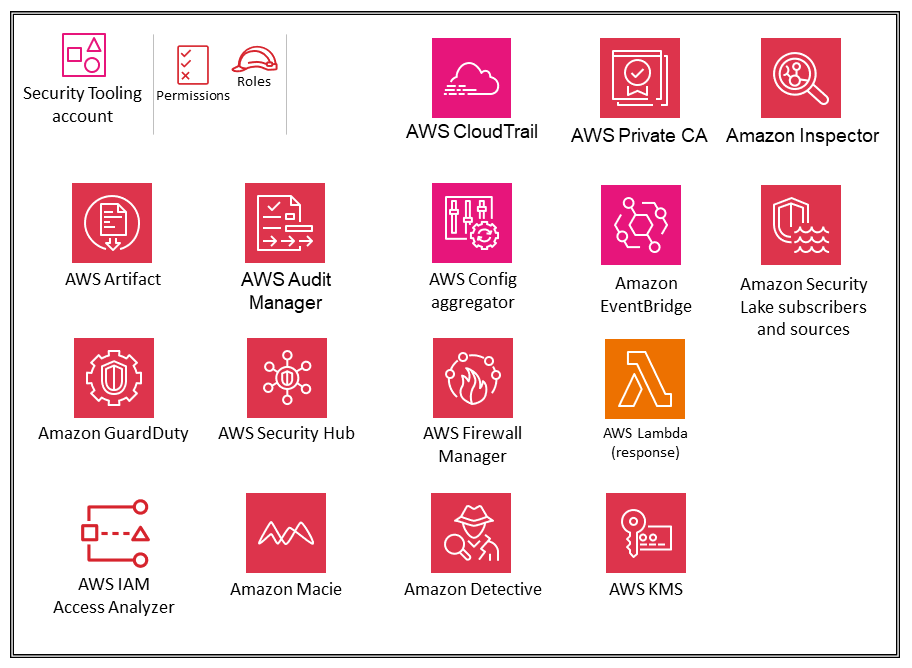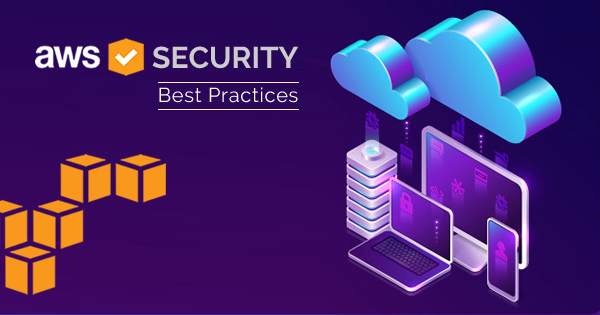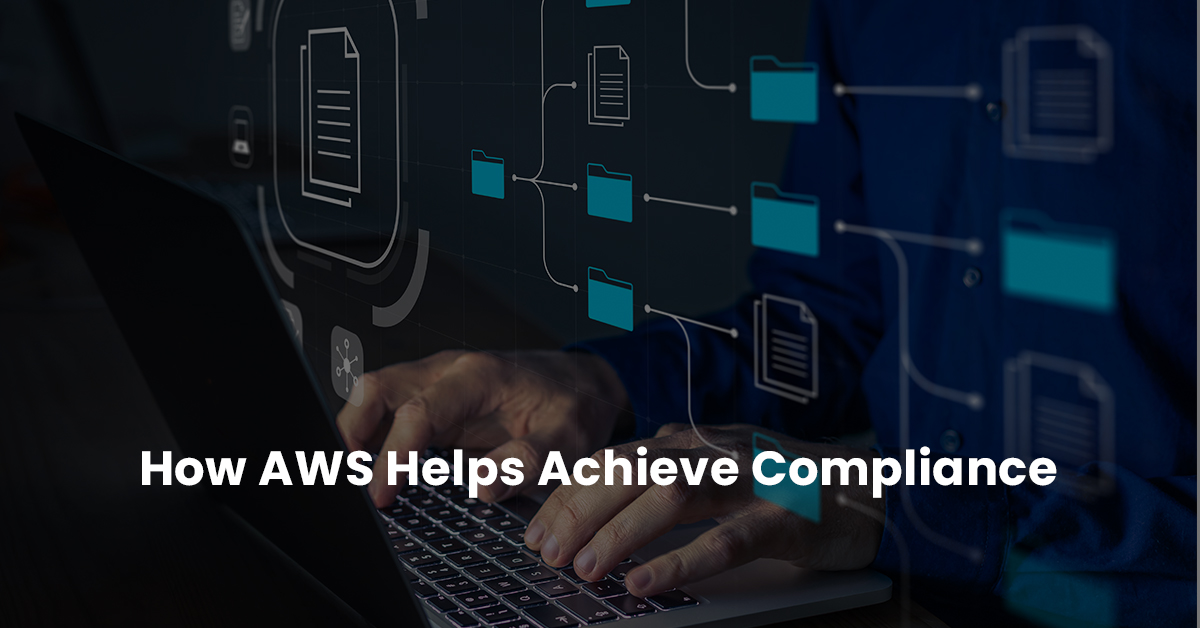Harnessing the Power of AWS: Enhancing Business Security and Compliance
Introduction:
In today's digital landscape, businesses face ever-evolving security threats and regulatory compliance requirements. Amazon Web Services (AWS) offers a robust set of security features and compliance capabilities to help businesses protect their data, applications, and infrastructure. In this comprehensive guide, we will explore how businesses can leverage AWS to improve security and ensure compliance with industry regulations. From understanding AWS security measures to implementing best practices and utilizing compliance services, this article will equip you with the knowledge to strengthen your business's security posture and meet regulatory requirements.
I. Understanding AWS Security Fundamentals:

Shared Responsibility Model: AWS operates on a shared responsibility model, where AWS is responsible for the security of the cloud infrastructure, while customers are responsible for securing their applications, data, and operating systems.
Identity and Access Management (IAM): IAM enables you to manage user access and permissions to AWS resources securely. Implementing strong authentication, defining fine-grained access controls, and regularly reviewing user permissions are essential for maintaining a secure environment.
Virtual Private Cloud (VPC): VPC allows you to create a private and isolated network within AWS. Configuring security groups, network access control lists (ACLs), and leveraging VPC flow logs enhance network security and monitoring capabilities.
Encryption: AWS provides encryption services to protect data at rest and in transit. Utilize AWS Key Management Service (KMS) to manage encryption keys and enable encryption for sensitive data stored in Amazon S3, Amazon RDS, or Amazon EBS.
Monitoring and Logging: AWS offers a range of monitoring and logging services such as Amazon CloudWatch, AWS CloudTrail, and AWS Config. Configure these services to capture and analyze logs, monitor resource usage, and detect security events in real time.
II. Implementing Security Best Practices:

Secure Application Development: Follow secure coding practices, implement secure design principles, and regularly update and patch your applications. Conduct regular security assessments and penetration testing to identify vulnerabilities and remediate them promptly.
Network Security: Employ best practices for securing your network infrastructure, including using security groups, and network ACLs, and implementing secure communication protocols such as HTTPS. Use AWS WAF (Web Application Firewall) to protect against common web application vulnerabilities.
Data Protection: Apply data classification and implement appropriate access controls to safeguard sensitive data. Utilize encryption mechanisms and implement data loss prevention (DLP) strategies to prevent unauthorized access and data leakage.
Incident Response and Disaster Recovery: Develop an incident response plan to address security incidents effectively. Implement regular backup and disaster recovery mechanisms using services like Amazon S3, Amazon Glacier, and AWS Backup.
Identity and Access Management: Follow the principle of least privilege, implement multi-factor authentication (MFA), and regularly review and revoke unnecessary access permissions. Utilize AWS Identity and Access Management (IAM) features like IAM roles and policies for secure access management.
III. Achieving Regulatory Compliance with AWS:

Compliance Framework: Understand the regulatory requirements applicable to your business, such as GDPR, HIPAA, PCI DSS, or SOC 2. Familiarize yourself with AWS's compliance documentation and how AWS aligns with various compliance frameworks.
AWS Artifact: Utilize AWS Artifact to access AWS compliance reports, certifications, and agreements. This service provides on-demand access to compliance-related documentation, helping you demonstrate adherence to regulatory requirements during audits.
AWS Cloud Compliance Programs: AWS offers several compliance programs, including AWS Compliance Center, AWS Security Assurance, and AWS Well-Architected Framework. Leverage these resources to assess and improve your compliance posture.
AWS Security Services: Utilize AWS security services such as Amazon GuardDuty, AWS Security Hub, and Amazon Macie to enhance threat detection, automate security assessments, and monitor compliance.
Security Assessments and Audits: Conduct regular security assessments and audits to evaluate your AWS environment's security controls and compliance with industry regulations. Engage third-party auditors or leverage AWS Partner Network (APN) for independent assessments.
IV. Managing Security in a Cloud Environment:

DevSecOps: Embrace DevSecOps practices by integrating security into your development and deployment processes. Implement automated security testing, code scanning, and infrastructure-as-code (IaC) practices to ensure security and compliance throughout the software development lifecycle.
Security Automation: Utilize AWS services like AWS Config Rules, AWS Systems Manager, and AWS CloudFormation to automate security-related tasks, enforce compliance policies, and maintain a consistent security posture.
Security Information and Event Management (SIEM): Implement a SIEM solution that integrates with AWS services to aggregate and analyze security logs and events. Centralized logging and analysis enable proactive threat detection and response.
Continuous Monitoring and Threat Intelligence: Implement continuous monitoring practices using AWS services like Amazon GuardDuty, AWS CloudTrail, and AWS Config. Stay updated with the latest threat intelligence and leverage it to enhance your security defences.
Employee Education and Awareness: Conduct regular security awareness training for employees to educate them about security best practices, social engineering threats, and phishing attacks. Encourage a culture of security consciousness throughout the organization.
Conclusion:
Ensuring the security and compliance of your business is a paramount responsibility. AWS provides a comprehensive suite of security services, best practices, and compliance capabilities to help businesses protect their data and infrastructure. By understanding AWS security fundamentals, implementing best practices, utilizing compliance programs, and adopting a proactive and holistic approach to security, you can enhance your business's security posture and meet regulatory requirements effectively. Leverage the power of AWS to safeguard your valuable assets, build customer trust, and maintain a secure environment in the ever-evolving landscape of cybersecurity threats.
